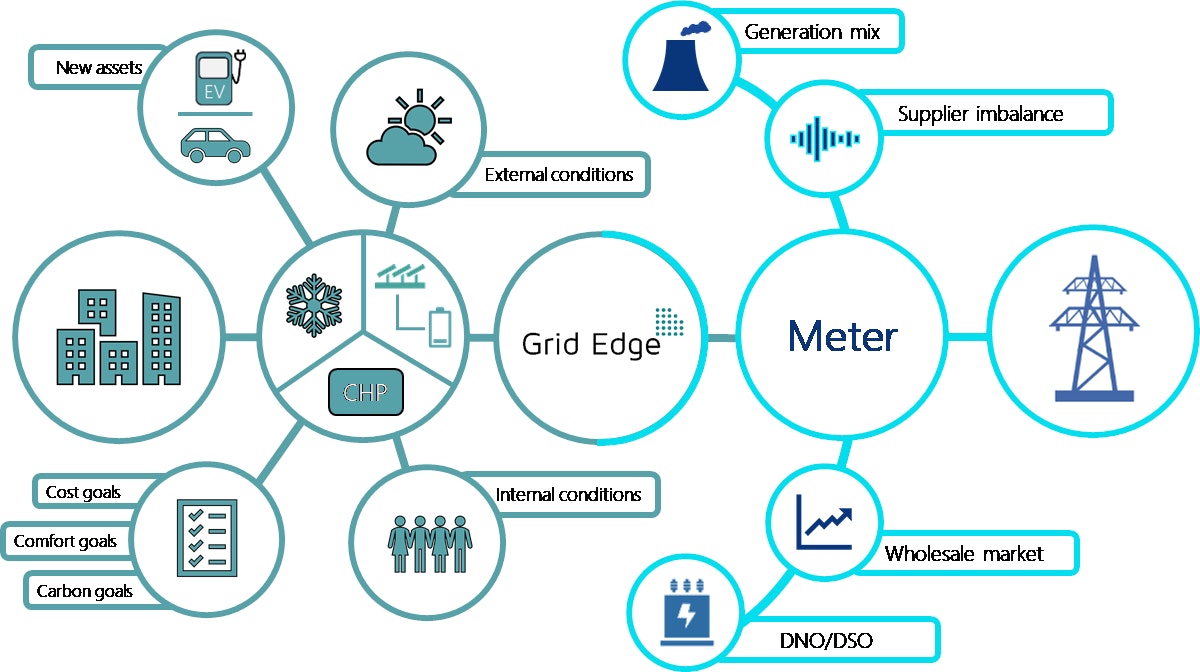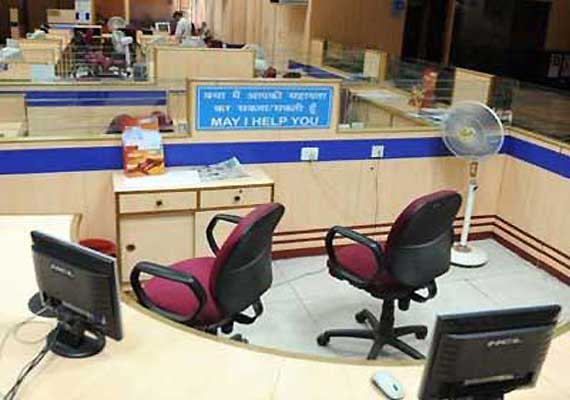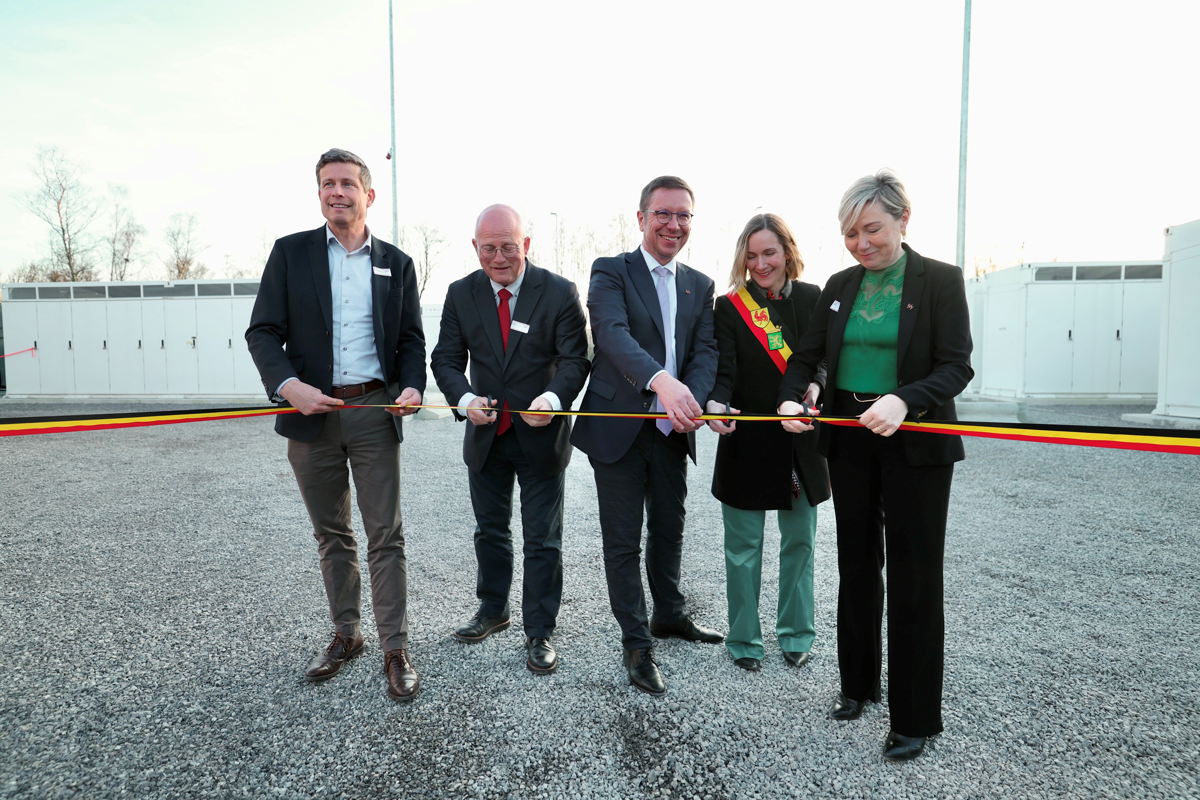Reducing Emissions And Energy Costs: The Case For Wind-Powered Trains

Table of Contents
The Environmental Case for Wind-Powered Trains
Wind-powered trains offer a compelling environmental solution to the challenges of sustainable transportation. By replacing fossil fuel-powered locomotives, we can achieve dramatic reductions in harmful emissions and contribute to cleaner air.
Significant Emission Reductions
The shift to wind-powered trains promises substantial reductions in greenhouse gas emissions. Studies suggest that a complete transition could decrease carbon emissions by up to 90% compared to diesel locomotives, and significantly more than grid-electricity powered trains if the grid's energy source is predominantly fossil fuel based. This equates to a drastically reduced carbon footprint, a major step towards meeting global climate targets.
- Reduced carbon footprint: Wind power produces virtually no greenhouse gas emissions during operation.
- Lower nitrogen oxide emissions: Wind-powered trains eliminate the significant nitrogen oxide emissions associated with diesel engines.
- Decreased particulate matter: The absence of combustion engines significantly reduces the release of harmful particulate matter into the atmosphere.
- Contribution to cleaner air quality: Improved air quality in and around railway lines leads to public health benefits.
Harnessing a Renewable Energy Source
Wind-powered trains leverage a clean and renewable energy source: wind. This can be achieved through various methods including strategically placed wind turbines along railway lines, or larger wind farms supplying energy to the railway grid. This integration with renewable energy sources offers several advantages:
- Reduced reliance on fossil fuels: Wind power reduces our dependence on finite and polluting fossil fuels.
- Increased energy independence: Utilizing locally generated wind energy enhances energy security and reduces reliance on centralized power grids.
- Contribution to renewable energy targets: Wind-powered trains actively contribute to national and international renewable energy targets.
- Sustainable infrastructure development: Integrating wind turbines into railway infrastructure fosters the development of sustainable transportation infrastructure.
The Economic Benefits of Wind-Powered Trains
Beyond the environmental advantages, wind-powered trains present substantial economic benefits, primarily through lower operating costs and the potential for government incentives.
Lower Operating Costs
The operational costs of wind-powered trains are significantly lower than those of traditional diesel or even grid-electricity reliant trains in many cases.
- Reduced fuel expenditure: Wind energy is essentially free after the initial investment in wind turbine infrastructure.
- Lower maintenance expenses: Wind turbines, while requiring maintenance, generally have lower operational maintenance costs compared to combustion engines.
- Long-term cost effectiveness: The initial investment in wind-powered train technology pays off over the long term through reduced operational expenses.
- Potential for revenue generation: Excess energy generated by wind turbines could be fed back into the grid, creating additional revenue streams.
Government Incentives and Subsidies
Governments worldwide are increasingly incentivizing the adoption of green technologies. Wind-powered train projects are likely to be eligible for various forms of financial support:
- Tax credits: Tax breaks can significantly reduce the initial investment costs.
- Grants and subsidies: Direct financial assistance can make wind-powered train projects more economically viable.
- Attracting investment in sustainable railway infrastructure: Government incentives encourage private investment in this emerging sector.
Technological Feasibility and Infrastructure Considerations
The successful implementation of wind-powered trains hinges on advancements in wind turbine technology and adapting existing railway infrastructure.
Advancements in Wind Turbine Technology
Recent advancements have made wind turbines more efficient and suitable for integration with railway systems.
- Improved energy capture: Modern turbines extract more energy from the wind, improving efficiency.
- Enhanced durability: Turbines are designed to withstand the harsh conditions of railway environments.
- Compact designs suitable for railway environments: Smaller, more compact designs are being developed for easier integration.
- Integration with energy storage solutions: Battery technology is crucial for storing excess energy and providing power during periods of low wind.
Adapting Railway Infrastructure
Integrating wind turbines requires careful planning and modifications to existing railway infrastructure.
- Strategic placement of wind turbines: Turbines need to be strategically placed to maximize energy capture without interfering with train operations.
- Integration with existing power grids: Connecting wind turbines to the railway's power grid requires careful engineering.
- Upgrades to signaling and control systems: Modifications may be necessary to ensure safe operation of trains near wind turbines.
- Energy storage solutions (batteries, etc.): Energy storage systems are essential to ensure a consistent power supply.
Conclusion
Wind-powered trains offer a compelling vision for sustainable transportation, combining significant environmental and economic benefits. The potential for substantial emission reductions, lower operating costs, and government incentives makes this a highly attractive alternative to traditional rail systems. While infrastructure adaptations are necessary, advancements in wind turbine technology make the transition feasible and increasingly cost-effective. Invest in the future of sustainable transport by exploring wind-powered train technology. Learn more about how wind-powered trains can revolutionize your railway system and contribute to a greener future. [Link to relevant resource 1] [Link to relevant resource 2]

Featured Posts
-
 Emmanuel Macron Et Les Victimes De L Armee Israelienne Une Rencontre Marquante
May 04, 2025
Emmanuel Macron Et Les Victimes De L Armee Israelienne Une Rencontre Marquante
May 04, 2025 -
 16 Million Fine For T Mobile Details Of Three Years Of Data Security Issues
May 04, 2025
16 Million Fine For T Mobile Details Of Three Years Of Data Security Issues
May 04, 2025 -
 Double Strike Cripples Hollywood What It Means For Film And Tv
May 04, 2025
Double Strike Cripples Hollywood What It Means For Film And Tv
May 04, 2025 -
 Declaration De Macron Sur La Militarisation Potentielle De L Aide Humanitaire A Gaza
May 04, 2025
Declaration De Macron Sur La Militarisation Potentielle De L Aide Humanitaire A Gaza
May 04, 2025 -
 Le Parc De Batteries D Eneco A Au Roeulx Une Avancee Majeure Pour Le Stockage D Energie En Belgique
May 04, 2025
Le Parc De Batteries D Eneco A Au Roeulx Une Avancee Majeure Pour Le Stockage D Energie En Belgique
May 04, 2025
Latest Posts
-
 Press Conference Controversy Mitchell Vs Silvas Verbal Sparring Before Ufc 314
May 04, 2025
Press Conference Controversy Mitchell Vs Silvas Verbal Sparring Before Ufc 314
May 04, 2025 -
 Predicting The Ufc 314 Co Main Event Chandler Vs Pimblett
May 04, 2025
Predicting The Ufc 314 Co Main Event Chandler Vs Pimblett
May 04, 2025 -
 Bryce Mitchell And Jean Silva Heated Exchange At Ufc 314 Press Event
May 04, 2025
Bryce Mitchell And Jean Silva Heated Exchange At Ufc 314 Press Event
May 04, 2025 -
 Ufc 314 In Depth Look At Chandler Vs Pimblett Co Main Event Odds
May 04, 2025
Ufc 314 In Depth Look At Chandler Vs Pimblett Co Main Event Odds
May 04, 2025 -
 Ufc 314 Mitchell Accuses Silva Of Using Foul Language During Press Conference
May 04, 2025
Ufc 314 Mitchell Accuses Silva Of Using Foul Language During Press Conference
May 04, 2025
